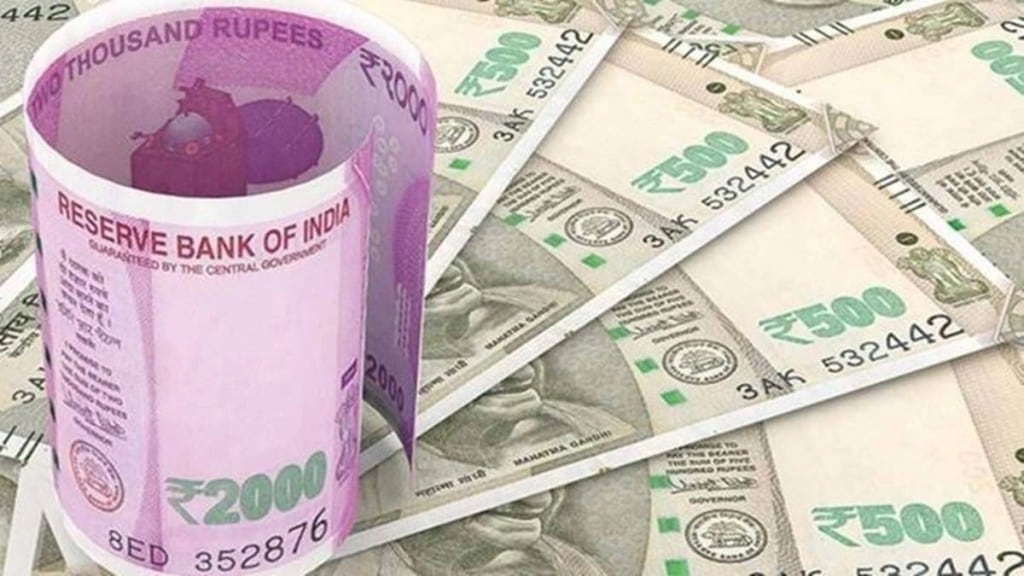The sluggish growth in private final consumption expenditure underlined the weakness in the economic recovery even as higher inflation helped the Centre collect more taxes and focus on capital expenditure. Economists believe that a broad-based rise in private consumption expenditure as well as private investments is essential for a full-fledged economic recovery.
According to official data released on Wednesday, private final consumption expenditure remained muted at 2.8% in the fourth quarter of the fiscal 2022-23 as against 2.2% in the third quarter of the fiscal. In contrast, gross fixed capital formation grew by a robust 8.9% in the fourth quarter of the fiscal as against 8% in the third quarter as the government kept up the pedal on capex and along with some private investments.
Government final consumption expenditure recorded a low single digit growth of 2.3% in the fourth quarter of the fiscal. Despite global headwinds, exports grew by 11.9% in the quarter.
According to India Ratings and Research, the fourth quarter growth in private final consumption expenditure (PFCE) was the second slowest growth in fourth quarter after the fourth quarter of 2019-20. “With inflation easing India Ratings though expects PFCE growth to acquire some momentum, but the current consumption demand is highly skewed in favour of goods and services consumed largely by the households falling in the upper income bracket,” said economists Sunil Kumar Sinha and Paras Jasrai of the agency.
The real wage growth became nearly flat or even turned negative in some months of FY23 due to high inflation, they noted, adding that since much of the growth in consumption demand is driven by the wage growth of the household sector, a recovery in their wage growth is an imperative for a sustainable economic recovery.
DK Srivastava, chief policy advisor, EY India, said a recovery in manufacturing activity would be the key to a revival in private consumption. “As income growth begins to normalise and employment generation also takes place, disposable incomes would start to rise and lead to a recovery in PFCE,” he said, adding that the manufacturing sector growth would help in a pick-up in income.
The average growth in PFCE in the last three quarters of FY23 was just 4.4%, he noted. “The economy is well on the way to recovery but two segments still need correction. These are PFCE and external sector related exports,” he said.
For FY23, PFCE grew by 7.5% in real terms while gross fixed capital formation (GFCF) grew by 11.4%.
Srivastava noted that gross fixed capital formation has been helped by the high inflation, which was also reflected in the nominal GDP growth of 16.1% in FY23. This in turn, aided the high growth in the Centre’s gross tax revenue, which enabled it to expand on capex.
Despite the government urging the private sector to step up on investments, this has still not taken place in meaningful manner.
“The 11.4% growth in FY23 heartening because it has come on high base of FY22 where by GFCF had grown 14.6% year on year. In the absence corporate sector capex, it is no doubt providing the necessary support to the ongoing recovery, but India Ratings believes for a sustainable growth and recovery of the Indian economy revival of private corporate sector capex is a must,” the agency said.


